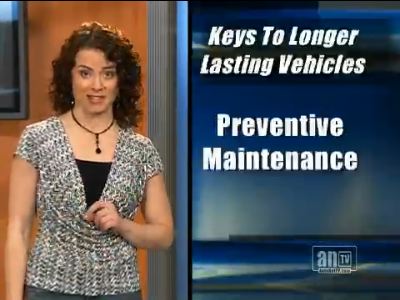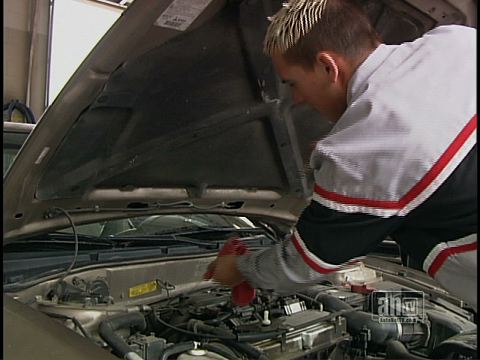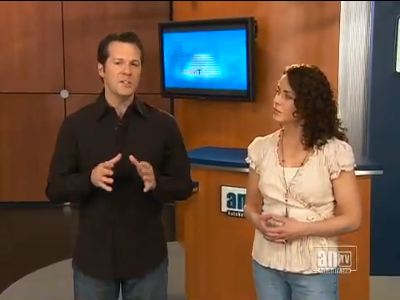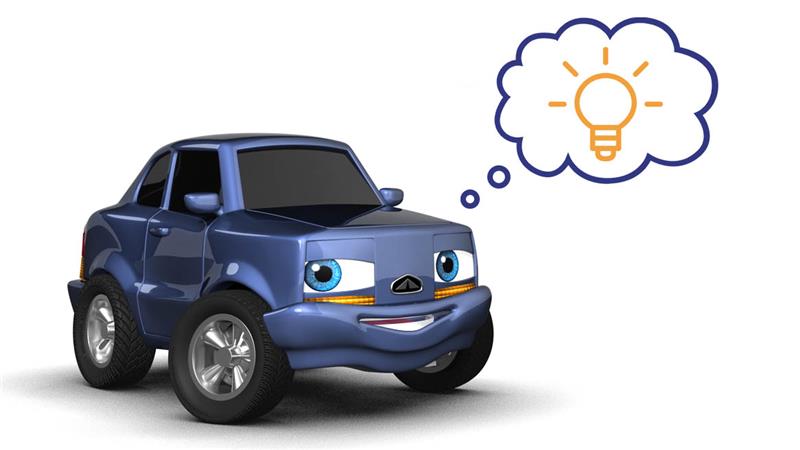Cayenne Says No Strain, No Gain (The Basics of Oil Filters)

Cayenne here on this beautiful Autumn day, and did you ever wonder what one of the best things is to ever happen to your vehicle’s engine? It’s the little thing that usually looks like a can, the oil filter. So today we will bark about the important job your filter does and making sure you are filtering through and using the right one for your vehicle.
Just like your kitchen sink strainer filters out errant particles of food that could clog your drain, the oil filter cleans out small particles that could cause harm to your engine.
Your engine operates in a dirty, hot environment and gathers a multitude of tiny contaminants, including dirt, dust, small metal shards, and unlucky bugs that get sucked in. Get those things circulating in your engine, and those little particles can cause friction, which starts wearing out those finely machined metal parts.
You know how important it is to change your oil regularly. It’s vital that you change your oil filter at the same time to keep the oil as close to brand new as possible.
Most oil filters resemble a metal can with holes in the bottom. Inside, there are carefully chosen materials that can screen out contaminants while allowing the lubricating oil to pass through. Early oil filters were made from steel wool, metal mesh, or actual screens. Then they tried fabric filters using materials such as linen and cotton. Finally, a less expensive disposable filter using paper and cellulose did the trick.
Cellulose or other synthetic media are used in most oil filters today. Cellulose is inexpensive and effective. Fibers filter out particulates, allowing the oil to flow. The other synthetic media have the ability to screen out even tinier particles while not significantly restricting the oil from getting through. Engineers continue to work on even more advanced filter materials.
Choosing the right oil filter is something our experts at Allied Auto Works can help you with, as there are many options available. Factoring into that decision are your driving habits, how far you drive, and the temperatures to which your engine will be subjected. While some filters may cost more than others, they may be worth the investment to extend the life of your engine.
However, most important is remembering to have your oil changed at Allied Auto Works regularly, at the intervals recommended by the vehicle’s manufacturer. Just like you wouldn’t want to have a plumber come over to fix a clogged kitchen drain, you certainly wouldn’t want to have to pay for major engine repairs if regular oil and filter changes could prevent them.
Today I leave you with a “Filtering” quote,
“It’s a common mistake to speak the same to everybody. We all have different filters.” ~ Julian Treasure
CAYENNE

Allied Auto Works
2073 Grant Road
Los Altos, CA 94024
6509687227
http://alliedautoworks.com









